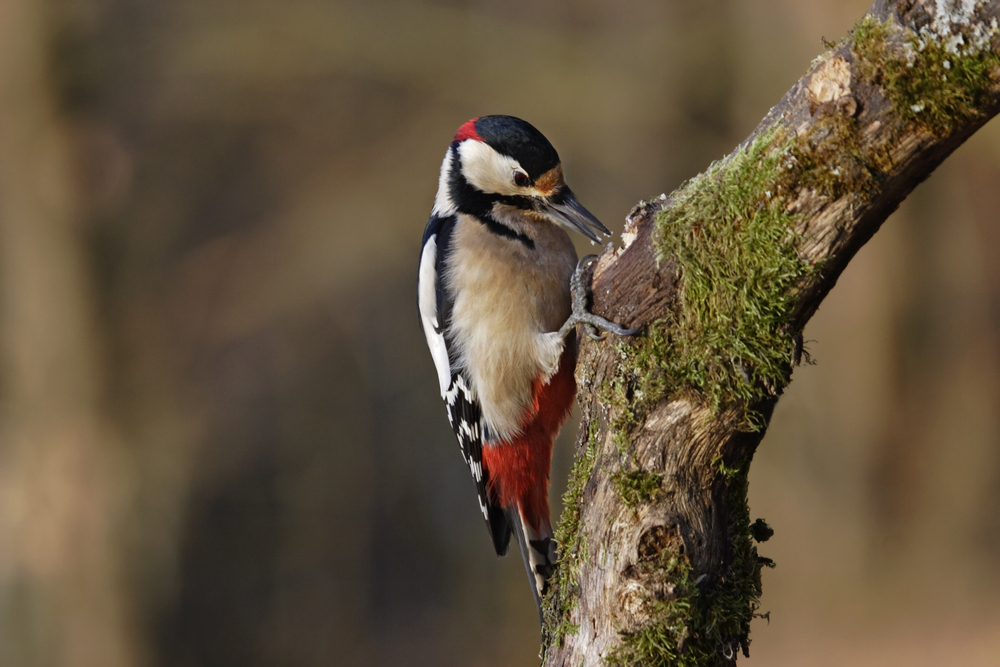Woodpeckers Could Teach NFL How To Prevent Brain Injuries
Woodpeckers repeatedly whack their heads against trees with a force 10 times that of a concussion-inducing football tackle, yet they seem no worse for the wear. That has inspired some athletic companies to model helmets and neck collars on the head-banging birds. But woodpeckers may not be immune to head trauma after all. A new study shows that a protein whose abnormal buildup is considered a sign of human brain damage also accumulates in woodpecker brains. That raises an intriguing question: Could the newly discovered “tangles” of this protein, τ, be protecting the woodpecker brain from injury?
The idea of concussionless woodpeckers dates back to 1976, when a seminal study that examined sections of the birds’ brains found no evidence of injury. That research spurred “a cascade of papers” on woodpecker biomechanics and their force-resisting adaptations, says George Farah, a neurobiologist at Boston University. Because the old study used an outdated staining method to reveal damage in the brain, he and his colleagues decided to redo the work with 21st century technology.
They asked several museums for woodpecker specimens whose brains they could study. Their final haul: six downy woodpeckers, one yellow-bellied sapsucker, one northern flicker, one pale-billed woodpecker, and one lineated woodpecker. For comparison, they also got five brains from a non–head-banging species, the red-winged blackbird.

